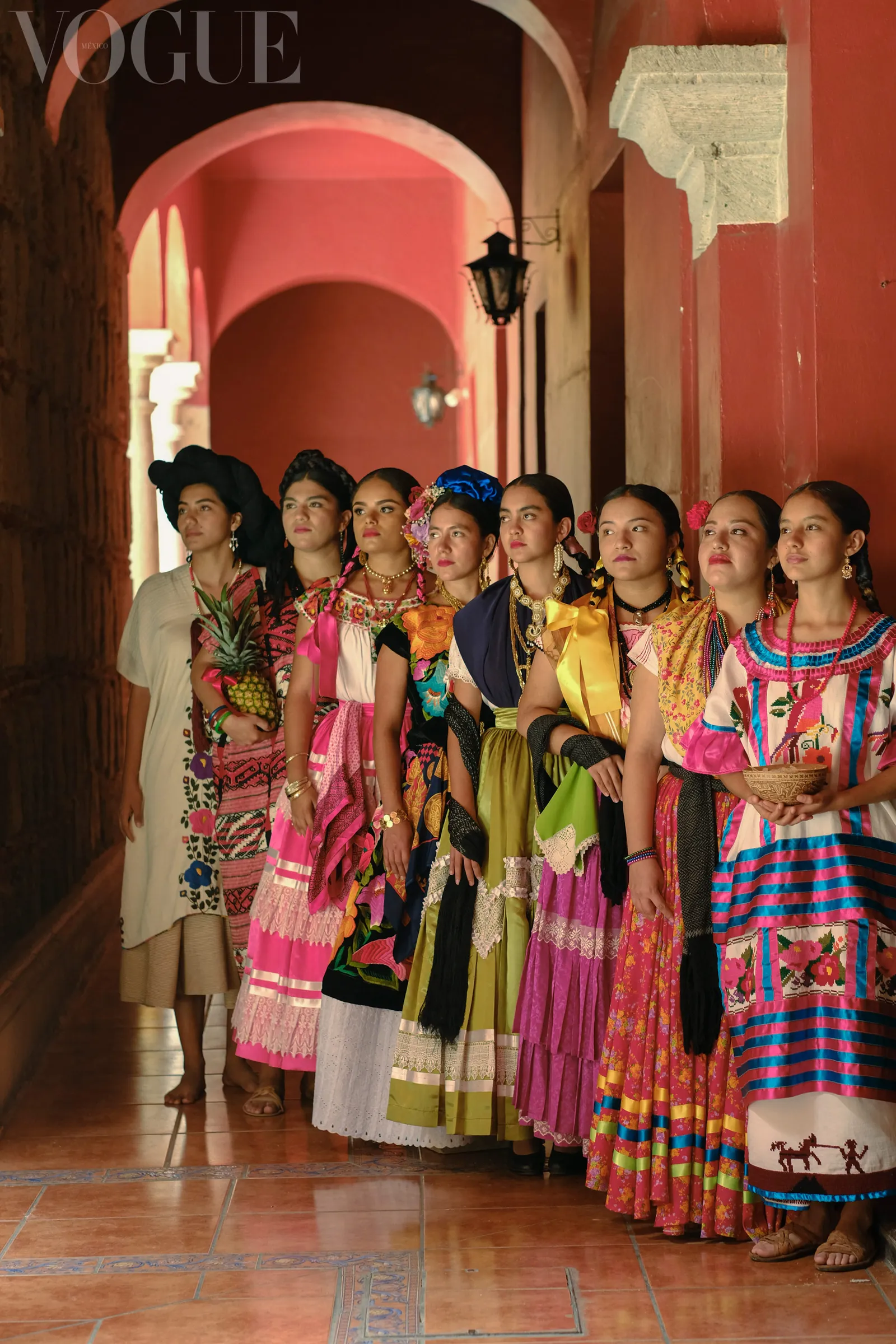Santa María del Tule is located east of Oaxaca City and is a town famous precisely for the tree that lives there, the Tule Tree, a majestic ahuehuete more than two thousand years old.
This town owes its name “Santa María” by the patron saint of the place, the virgin María; Tule word that comes from the word Náhuatl that means: “Espadaña”, comes from Tulle or Tullin which is the name of a plant called Espadaña to the legendary sabino who lives for more than two thousand years there.
In the wrinkled bark of its trunk you can see forms worth discovering with the help of local guides, who tell myths and legends about the old ahuehuete, and turtles, fish, and anteaters, among other creatures, that – as they say there – they hide in it.

The people of Santa María del Tule, ancestral were lime artisans who manufactured on the slopes of the hill on communal lands and whose product they brought to the City of Oaxaca for sale where they obtained the economic means to subsist, Years later with the endowment of ejido in 1926, they leave the manufacture of lime to become peasants with crops of corn, chickpeas, beans, and alfalfa.

Santa María del Tule is one of the favorite attractions in Oaxaca by the native inhabitants there, and by most tourists.
It is said that there is a very powerful link and that little can be explained between this majestic living being and those people whose sensitivity is greater than that of the rest because they tell that admire a living being so long-lived, in front of our -relatively- new existence on an earthly plane and our fleeting temporality, makes the heart tremble.
We must not forget that Mixtec’s history says that the birth of all that culture, including life itself, comes from trees.
The Tree of Santa María del Tule is recognized by the SEMARNAP (Secretariat of Environment, Natural Resources, and Fisheries) as the most notable tree in the State of Oaxaca, and has an important space for the heart of the Mexican Republic; as 30 people can hardly embrace the trunk by holding hands and hovering around with their arms completely extended.
As if this majesty of nature that botanists have classified as Taxodium Mucronatum with an age that exceeds 2000 years, corresponds to the group of sages (also known as ahuehuete) and reaches a height of more than 40 meters.
It is estimated that this natural wonder has 48.58 square meters of the surface of the trunk, 34.45 meters of the perimeter, 41 meters of height, and an approximate weight of 636 tons, which would be the weight of more than 100 adult elephants.
It is found, along with other similar specimens, forming part of the atrium of the Church of Santa María de la Asunción, and to reach it just leave the city of Oaxaca and take the Federal Highway 190 that leads to the very famous archaeological ruins of Mitla. The distance to be covered is 13 Km and the journey time is less than 15 minutes.

Image by el Eljaivan
When someone arrives at that place, it is impossible to prevent a regular number of children from volunteering to give him an explanation about the famous sabine and show him how between the knots of the trunk and the branches appear capricious forms of certain animals such as “The Elephant”, “The Lion”, “The Crocodile” and “The Fish”, among others in this amazing nature thing at Santa María del Tule.
This famous ancient ahuehuete is visited year after year by thousands of foreign and Mexican tourists and is currently considered, with its more than two thousand years of existence, as the longest living being on earth, as well as the tree with the largest plant mass in the world.
Another important attraction that should not be missed is the Church of Santa María del Tule, a building with characteristics that correspond to the period of greatest development of the Oaxacan Baroque. This small temple has a two-body doorway with a niche that keeps the image of Santa Maria and inside houses altarpieces in the Baroque style, do not miss this cultural marvel.

Image by Miguel Dorantes
Things you can’t miss in Santa María del Tule
Admire the most majestic tree
This ahuehuete or sabino (Taxodiummucronatum) of more than two thousand years has a height of approximately 40 meters, a circumference of 45 meters, and a weight of approximately 636 tons. But what is most surprising is its imposing presence, which reveals the innumerable stories that in all this time have been woven around it.
Visit the 17th century Temple
The main altarpiece and the Chapel of the Rosary of the Temple of Santa María la Asunción are exquisite examples of the Baroque in Mexico.
The five sabines
Throughout the municipality, you can admire another 5 majestic ahuehuetes, which although they are somewhat younger, are no less beautiful.

Image by Gengiskanhg
Craft market
Located in front of the Municipal Palace, in this market, you can find textiles, figures carved in wood, traditional clothing, and other handicrafts of the municipalities of the Central Valleys, in addition to mezcal made in an artisan way.

Palenques and mezcal factories
Along the route Caminos del Mezcal are located factories and palenques. In some of them, it is possible to make visits to observe the artisan process of its elaboration, as well as to acquire mezcales of the different varieties of maguey, since each place gives a personal touch to the drink.

If you want to know more about all the wonderful things that this beautiful state offers, do not forget to read the following blogs.






















